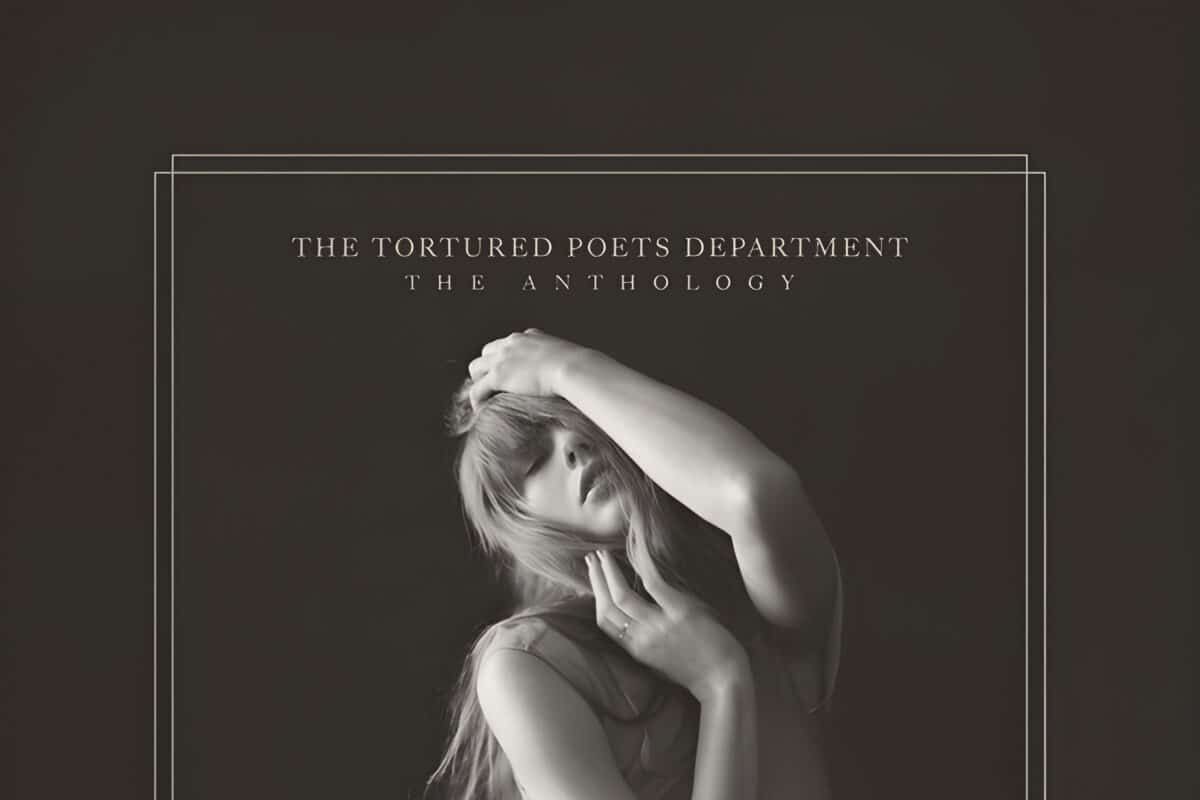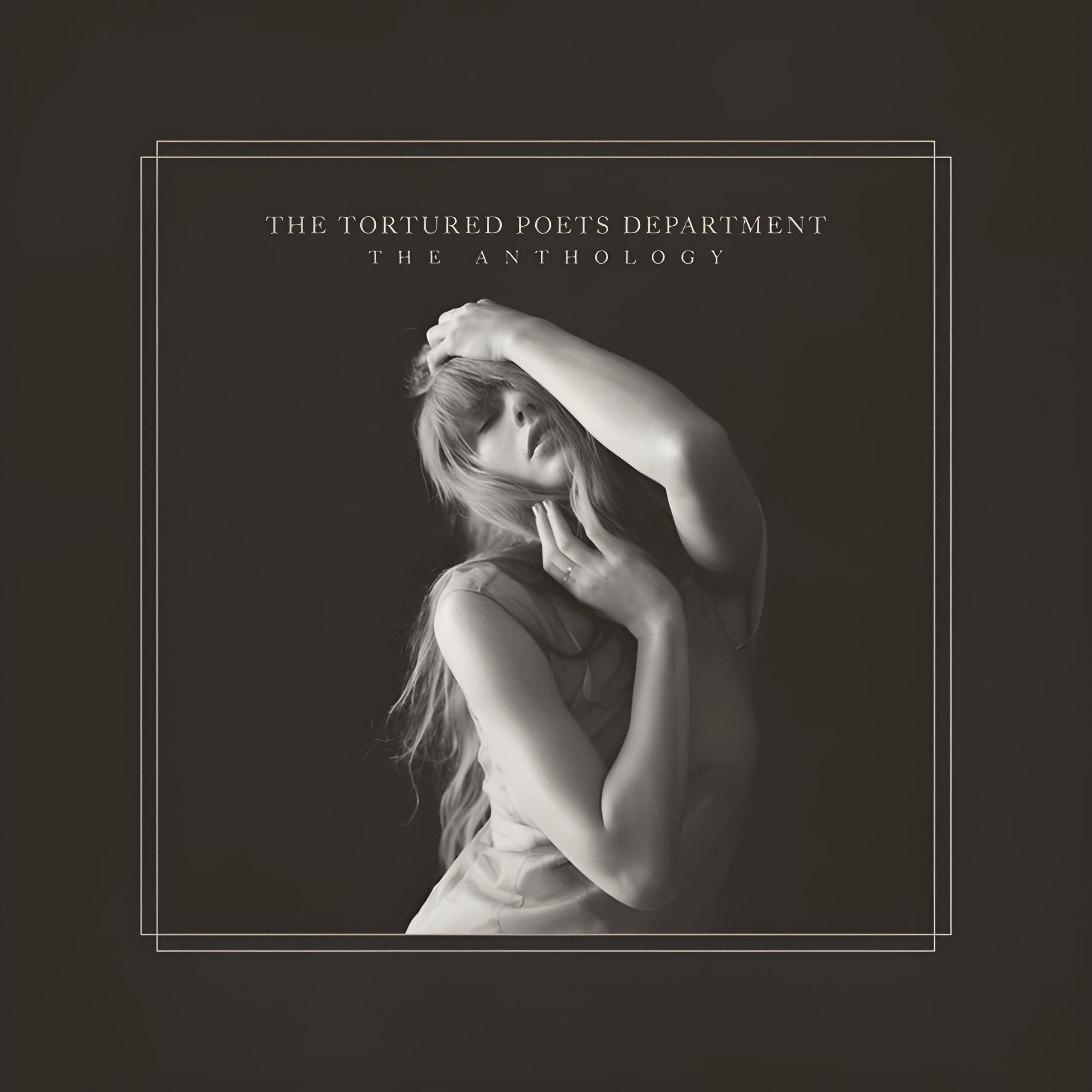Released: 2024
Swirling in the depths of unrequited love and introspection, “Guilty as Sin?” by Taylor Swift is a profound meditation on desire. The song grapples with the contours of forbidden love, guilt, and the yearning for connections unmade. Swift paints a vivid picture of infatuation, which is never consummated but experienced in a labyrinth of fantasies.
Swift begins by metaphorically confessing to “Drowning in the Blue Nile” and receiving ‘Downtown Lights,’ likely referring to a song that reminds her of a past lover. The “cage” implies a feeling of being trapped, perhaps in a loveless relationship or a mundane life. Yet, the desire to escape this cage is evident when she dreams of “cracking locks” and “throwing her life to the wolves”. This could imply her urge to break free and embrace the chaos of a forbidden love.
“He’s a paradox,” speaks to the complexity of her feelings towards the man she desires. Her mind is a battleground of questioning her intentions and sanity – “am I bad? Or mad? Or wise?”. She’s gripped by fantasies, (“What if he’s written ‘mine’ on my upper thigh”) that torment and tantalize her simultaneously.
Swift uses the metaphor of a “hedge maze” to depict the complex emotional landscape of this illicit love. One wrong step, one “slip,” could lead to disaster or “falling back into the hedge maze”. Yet, for her, the risk is a necessary part of this dance with desire.
Swift plunges deeper into her intimate fantasies, confessing that “We’ve already done it in my head,” suggesting the vividness and intensity of her emotional affair. The agony of her longing is visible when she mentions her “bedsheets are ablaze” and she has “screamed his name” – physical manifestations of a love that exists only in her thoughts. Yet, despite “never touching his skin,” she questions her guilt – “How can I be guilty as sin?”.
Swift then conjures a strong religious imagery, “What if I roll the stone away?”, possibly foreshadowing the consequences of initiating a relationship with this man because “They’re gonna crucify me anyway”. However, she finds solace in the belief that their shared connection could be “what’s holy”. The final lines are a bold declaration of choosing love over societal expectations, thus validating her feelings and fantasies, despite the guilt and fear of judgment.
In the end, the song circles back to the start, with the repetition of ‘Downtown Lights’ and her raw, vulnerable question – “Am I allowed to cry?”. In essence, “Guilty as Sin?” is an emotional tour de force that stands as a unique testament to unrequited love, unyielding desire, and the internal conflicts these emotions can stir.








